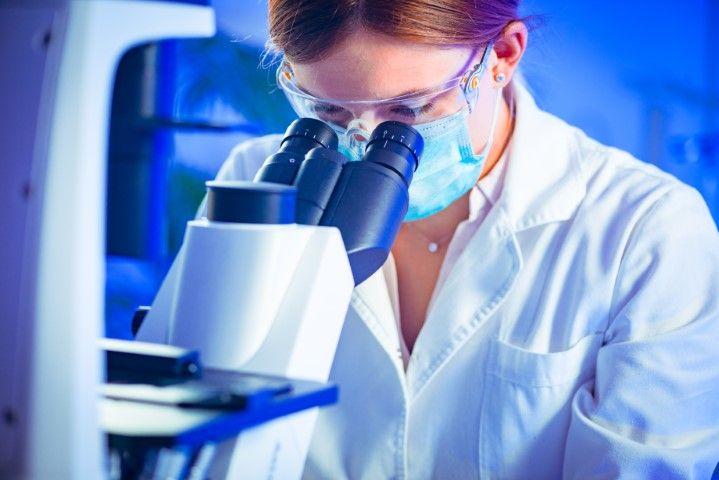A recent study, published in the online science magazine Advanced Science, demonstrates that this method, which starts with small cartilage spheres, does work. Researchers succeeded in removing human precursor cells from the bone and multiplying them into millions of cells. These cells were allowed to spontaneously stick together into small packages and eventually developed into cartilage-like pieces of tissu that are the precursors of bone. The micro tissues or organoids were then inserted into a mould in the shape of the missing piece of bone. Once the piece of tissue was implanted into a mouse model with a bone defect the cartilage behaved as in nature: in six to eight weeks it grew into a perfectly integrated piece of bone tissue of the right shape.
Prof. dr. Frank Luyten, rheumatologist at UZ Leuven and senior co-author of the study: “What is interesting about the technique is that it can be used to produce tissue on an industrial scale in the future. Micro tissue is still produced manually, but this process will eventually use robotics.” The JointPromise research project run by the Prometheus platform recently received a European subsidy (Horizon 2020) to develop this scale increase and automation process in more detail.
Urgent medical requirement
The availability of regenerative solutions for bone defects represents an urgent, as yet unfulfilled, medical need. A patient entering the hospital today with a major bone defect, e.g. following an accident or infection, can be treated using techniques in which existing bone grows new bone by stretching the bone. Techniques of this kind are quite successful, but are very labour intensive, not always efficient and patients often suffer unduly.
Tissue engineering is ‘in’: everyone understands that we will be manufacturing biological tissues in ten to twenty years’ timeProf. dr. Frank Luyten - rheumatologist
Prof. dr. Johan Lammens, orthopaedic surgeon at UZ Leuven and head surgeon for bone repair at Prometheus: “In order to prepare for the new tissue engineering strategy we have been conducting experimental research with laboratory animals for many years, imitating the application in humans down to the smallest detail. This way we aim to be ready to use these new bone implants for our patients.”
Prof. dr. Frank Luyten: “This new study lays the foundations for a technological development focused on the cultivation of tissue in the shapes and sizes we actually require. Tissue engineering is ‘in’: everyone understands that we will be manufacturing biological tissues in ten to twenty years’ time. The study also shows how this will proceed. Bone will probably be the first application using this method, but the technology can also be used to grow other tissues such as heart, liver or kidney.”
More info about Prometheus
Prometheus is a research unit for tissue engineering at KU Leuven and a division of KU Leuven Research & Development. Prof. Dr. Frank Luyten is a rheumatologist at UZ Leuven and director of Prometheus. He has been involved in regenerative medicine research for more than twenty years. Prof. Dr. Johan Lammens, who is an orthopaedic surgeon, specialised in bone healing techniques and is an expert in distraction osteogenesis.
